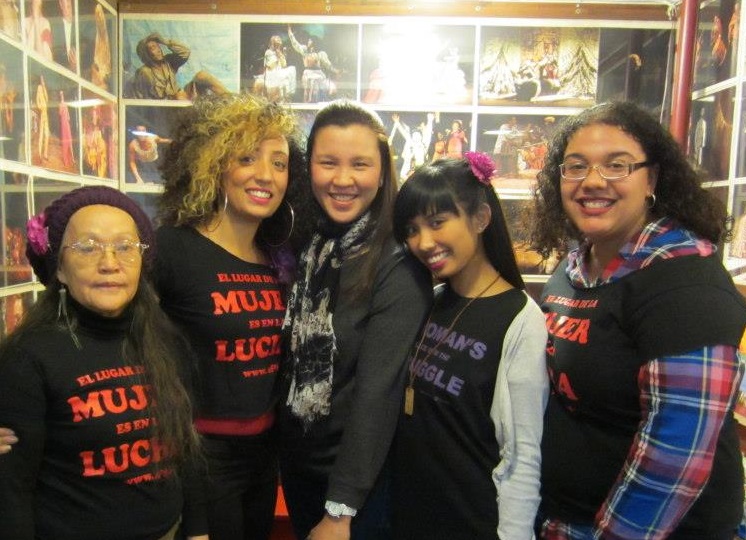The essence of joy on Palm Sunday
By Ludy Astraquillo Ongkeko, Ph.D.
Religious practices for the Lenten season, ushered in by February’s Ash Wednesday strongly remind us of our home-grown observances.
Aren’t those celebrations so called ‘cool,’ by the very young generation? Young adults have been heard to call the same rites ‘awesome.’
For many of us who witnessed celebrations long past as older adults, no precise adjectives can be mustered.
Expressions of religious fervor are personal. As a believer in the independence that faith represents, any and all ties in adherence to one’s belief should remain her/his credo.
Standing out as an unforgettable celebration of faith in our ancestral home is Palm Sunday.
Palm Sunday takes us back to what was instilled in us as children: the glorious entry of Jesus Christ into Jerusalem, depicted vividly through mounted banners and palms, all remembered the week before the events of Passion Sunday, Death, and Resurrection.
Nostalgic memories remain. We were informed year after year on the significance of Palm Sunday. How Jesus entered Jerusalem is epic. Huge crowds greeted him. What was portrayed in our young minds: the participation from the young and old as they waved palm branches to greet him, laced with indescribable joy.
In the homeland, among Christian communities, the re-enactment of Jesus’s Jerusalem entry is observed annually. Believers and followers of the faith re-enact Jesus’ entry through processions. Crowds gather around their local church premises replete with palm branches known as ‘palaspas,’ described as ‘ornately woven.’ Once blessed, the same branches are carried home by the church goers.
Palms maintain their place of honor on altars; they are visible, placed on doors, windows, any entrances, all meant to welcome Christ. Ostensibly, their role: to banish ‘evil spirits.’ Those same palms will be replaced when next year’s Palm Sunday’s branches will make their presence known.
Flashback to our age-old practices in the past: All those doings and goings-on were what came to us naturally. We were used to seeing them unfold in our native land. Indeed, as long as we can likewise rely on the instrument that memory is capable of, taking us to dates past, traditional practices can be so invigorating.
Consequently, as youngsters, we listened to our elders who were prone to relate pre-Easter stories and their own long lasting sequences. Although in many instances, their narrations might have sounded as encores, we loved our roles as intent listeners.
These days, when one is instructed about the meaning of Palm Sunday, it seems it is the right thing to do at the right time.
In myriad ways, as Palm Sunday approaches, because of the essence of joy, I like to think somehow, we can find harmony in our lives without ignoring the values that were ours since childhood. We were taught to observe and practice the true meaning of a religious season ahead of us. Gratitude is mine as I reminisce on what was instilled in us.













